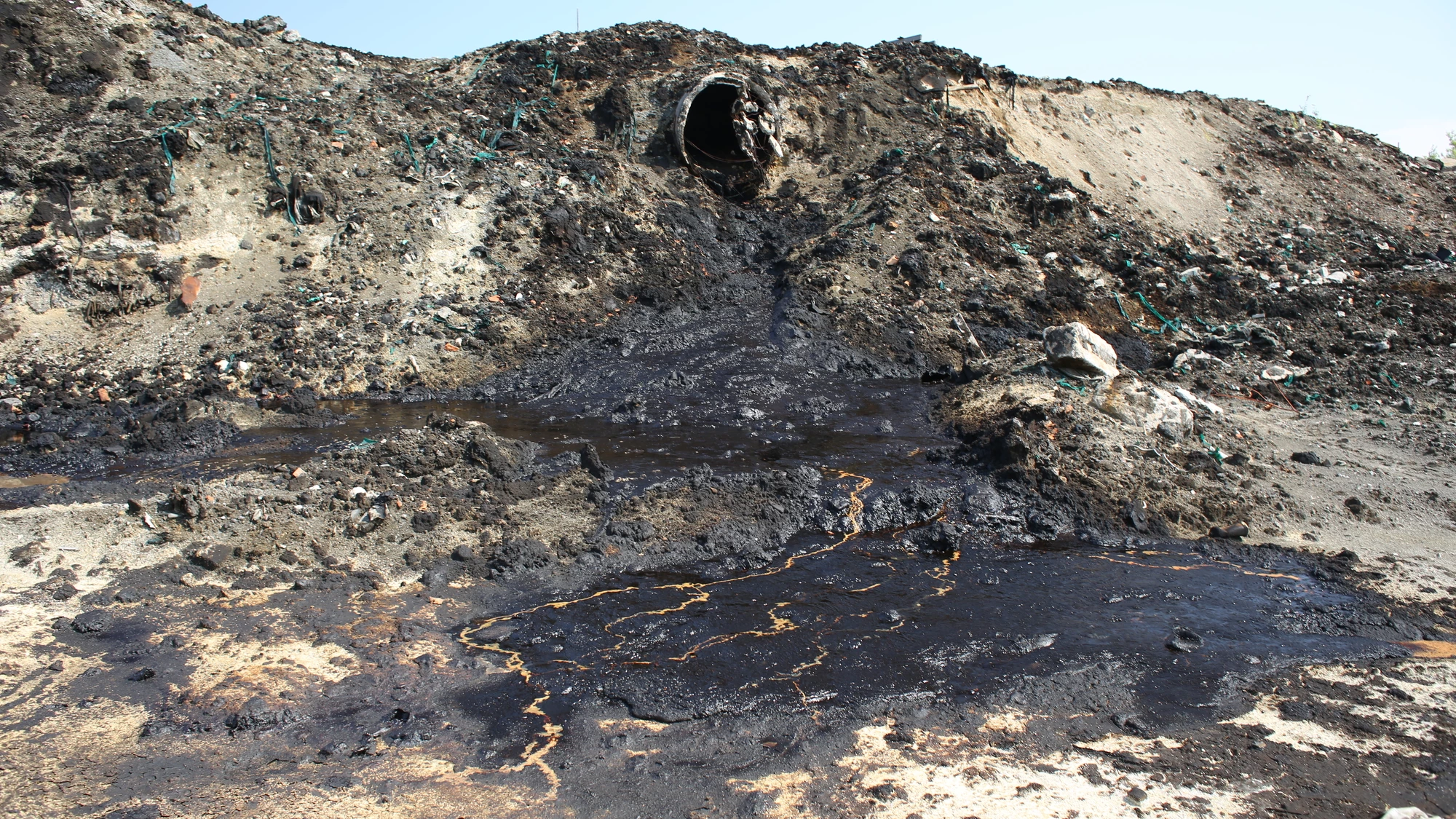Purifying polluted soil can be a very difficult process, often requiring the soil to be dug up and transported to an offsite remediation facility. Now, however, scientists have developed an eco-friendly method of treating it where it lays – by zapping it.
The technique is known as the high-temperature electrothermal (HET) process, and it was developed by scientists at Houston's Rice University and the United States Army Engineer Research and Development Center (ERDC) led by Rice's Prof. James Tour.
It begins with a carbon-rich electrically conductive material such as biochar being mixed into the polluted soil, on location. Biochar is a nontoxic charcoal-like substance that is produced via a process called pyrolysis, in which heat is used to decompose organic material in the absence of oxygen.
Next, utilizing a Rice-developed procedure called flash Joule heating, an electrical current is quickly passed through the soil/biochar mixture, heating it to a temperature of 1,000 to 3,000 ºC (1,832 to 5,432 ºF).
The intense heat converts organic contaminants – such as pesticides and crude oil – into nontoxic minerals like graphite. At the same time, it also converts a wide variety of heavy metals – such as lead, arsenic and mercury – into vapor that can be collected by extraction pipes. This versatility is an important consideration, as most existing remediation technologies can only target one or two metals at a time.
Although the heat may initially kill some beneficial microorganisms, tests have shown that plant germination rates in HET-treated soil actually increase by 20 to 30%. This improvement is likely due to the presence of growth-boosting minerals that are generated in the remediation process, along with increased water infiltration due to the added biochar.
It is hoped that once the technology has been developed further and scaled up for field use, tractors could be used to tow HET units through large stretches of polluted soil.
"This method is very rapid, water-free and handles multiple pollutants in soil," said ERDC research chemist Mine Ucak-Astarlioglu. "Flash Joule heating is an incredibly promising technique in critical metals recovery from wastes and heavy metals removal for remediation."
A paper on the study was recently published in the journal Nature Communications.
Source: Rice University




